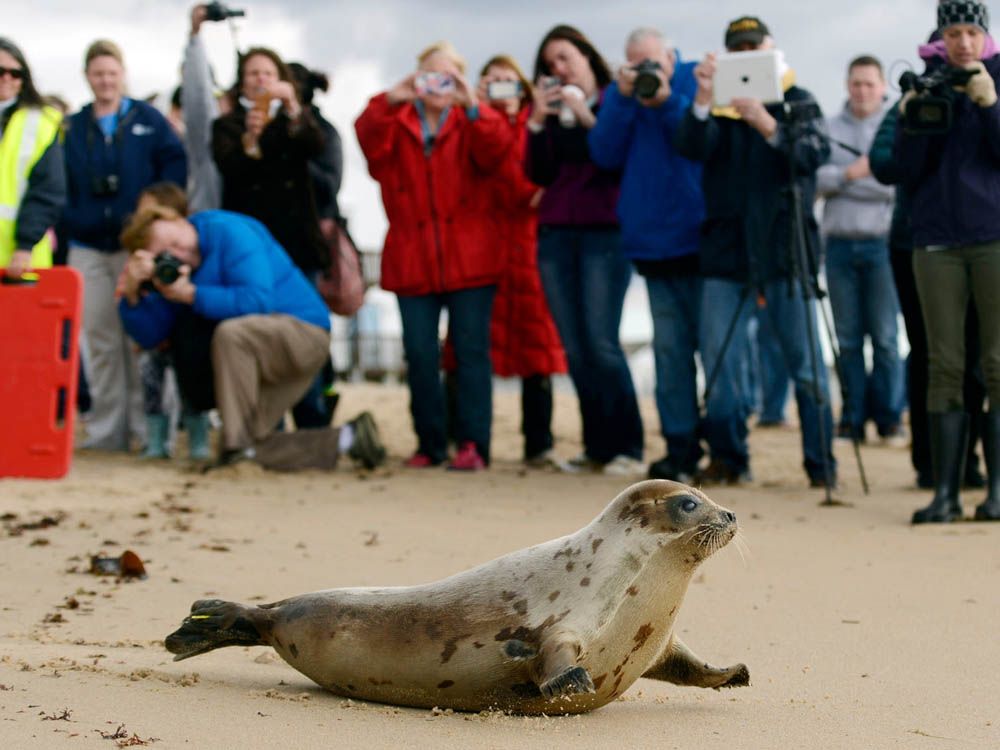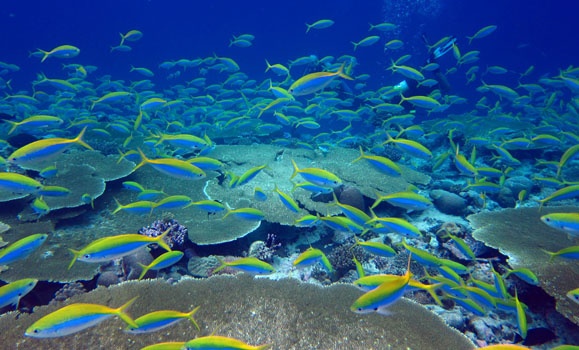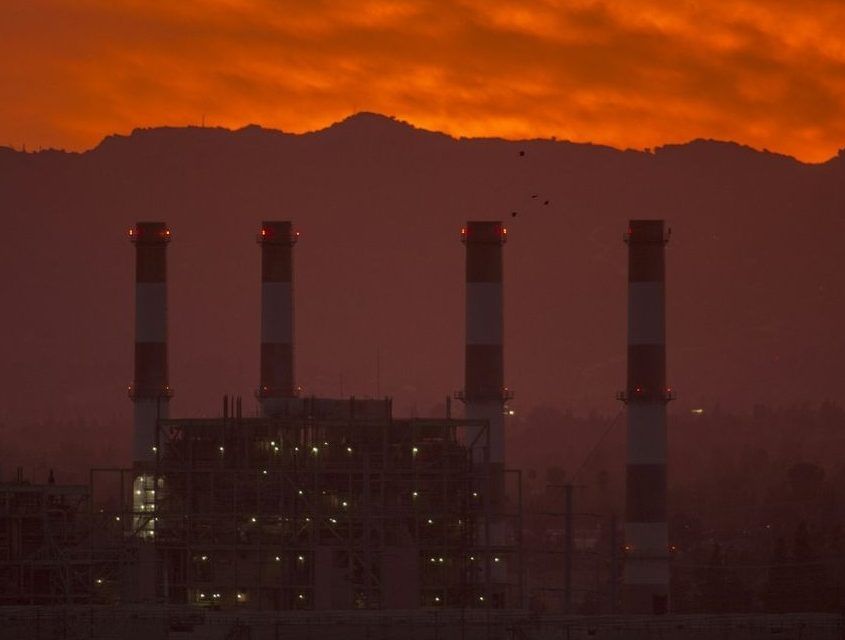Back when wood and fuel oil were the heating standard. Lots of older homes still have the fuel oil tanks buried in their lawns.Would have been even worse in the late 60’s and 70’s .
I'm pissed they banned lighting up your fireplace.
Back when wood and fuel oil were the heating standard. Lots of older homes still have the fuel oil tanks buried in their lawns.Would have been even worse in the late 60’s and 70’s .
Lots of farmhouses still have the heating oil tanks bolted to the side of the house or on a stand against the side of the house.Back when wood and fuel oil were the heating standard. Lots of older homes still have the fuel oil tanks buried in their lawns.
I'm pissed they banned lighting up your fireplace.
Yup we used wood .Back when wood and fuel oil were the heating standard. Lots of older homes still have the fuel oil tanks buried in their lawns.
I'm pissed they banned lighting up your fireplace.
Why?I'm mad they banned pouring your used motor oil down the storm sewer.


Bullshit.World's coral reefs crossing survival limit: Global experts
It is the first time scientists have declared that Earth has likely reached a so-called 'tipping point'
Author of the article:AFP
AFP
by Nick Perry
Published Oct 13, 2025 • 3 minute read
Coral reefs are highly sensitive to changing conditions in the oceans and global warming poses the greatest threat to these vibrant ecosystems.
Coral reefs are highly sensitive to changing conditions in the oceans and global warming poses the greatest threat to these vibrant ecosystems.
The world’s tropical coral reefs have almost certainly crossed a point of no return as oceans warm beyond a level most can survive, a major scientific report announced on Monday.
It is the first time scientists have declared that Earth has likely reached a so-called “tipping point” — a shift that could trigger massive and often permanent changes in the natural world.
“Sadly, we’re now almost certain that we crossed one of those tipping points for warm water or tropical coral reefs,” report lead Tim Lenton, a climate and Earth system scientist at the University of Exeter, told AFP.
This conclusion was supported by real-world observations of “unprecedented” coral death across tropical reefs since the first comprehensive assessment of tipping points science was published in 2023, the authors said.
In the intervening years, ocean temperatures have soared to historic highs, and the biggest and most intense coral bleaching episode ever witnessed has spread to more than 80 percent of the world’s reefs.
Understanding of tipping points has improved since the last report, its authors said, allowing for greater confidence in estimating when one might spark a domino effect of catastrophic and often irreversible disasters.
Scientists now believe that even at lower levels of global warming than previously thought, the Amazon rainforest could tip into an unrecognizable state, and ice sheets from Greenland to West Antarctica could collapse.
– ‘Unprecedented dieback’ –
For coral reefs, profound and lasting changes are already in motion.
“Already at 1.4C of global warming, warm water coral reefs are crossing their thermal tipping point and experiencing unprecedented dieback,” said the report by 160 scientists from dozens of global research institutions.
The global scientific consensus is that most coral reefs would perish at warming of 1.5C above preindustrial levels — a threshold just years away.
When stressed in hotter ocean waters, corals expel the microscopic algae that provides their distinct colour and food source.
Unless ocean temperatures return to more tolerable levels, bleached corals simply cannot recover and eventually die of starvation.
Since 2023, marine scientists have reported coral mortality on a scale never seen before, with reefs turning ghostly white across the Pacific, Indian and Atlantic oceans.
“I am afraid their response confirms that we can no longer talk about tipping points as a future risk,” Lenton told reporters.
Rather than disappear completely, scientists say reefs will evolve into less diverse ecosystems as they are overtaken by algae, sponges and other simpler organisms better able to withstand hotter oceans.
These species would come to dominate this new underwater world and over time, the dead coral skeletons beneath would erode into rubble.
Such a shift would be disastrous for the hundreds of millions of people whose livelihoods are tied to coral reefs, and the estimated one million species that depend on them.
– ‘Danger zone’ –
Some heat-resistant strains of coral may endure longer than others, the authors said, but ultimately the only response is to stop adding more planet-warming greenhouse gases into the atmosphere.
Exceeding 1.5C “puts the world in a greater danger zone of escalating risk of further damaging tipping points”, Lenton said, including the collapse of vital ocean currents that could have “catastrophic” knock-on impacts.
Scientists also warned that tipping points in the Amazon were closer than previously thought, and “widespread dieback” and large-scale forest degradation was a risk even below 2C of global warming.
That finding will be keenly felt by Brazil, which on Monday is hosting climate ministers in Brasilia ahead of next month’s UN COP30 conference in Belem on the edge of the Amazon.
In good news — the exponential uptake of solar power and electric vehicles were two examples of “positive” tipping points where momentum can accelerate for the better, said Lenton.
“It gives us agency back, policymakers included, to make some tangible difference, where sometimes the output from our actions is sometimes disproportionately good,” he told AFP.

World's coral reefs crossing survival limit: Global experts
It is the first time scientists have declared that Earth has likely reached a so-called 'tipping point'torontosun.com
Yup six or so months ago I was reading how healthy and growing the worlds coral reefs were doing .Bullshit.
Corals are thriving in the Red Sea.Yup six or so months ago I was reading how healthy and growing the worlds coral reefs were doing .

I too just watched an IMAX film about how the reefs were recovering & what was being done to help this along. So why the scare mongering? I guess it fits in with the climate change B.S. narrative.Yup six or so months ago I was reading how healthy and growing the worlds coral reefs were doing .
Climate isn't changing. And it changes all the time. And it's not our FAAAAAUUULT!I too just watched an IMAX film about how the reefs were recovering & what was being done to help this along. So why the scare mongering? I guess it fits in with the climate change B.S. narrative.

Best to head for the hills .CO2 in atmosphere up by record amount in 2024: UN
The World Meteorological Organization said levels from 2023 to 2024 marked the biggest one-year jump since records began in 1957
Author of the article:AFP
AFP
Published Oct 15, 2025 • Last updated 1 day ago • 2 minute read
The jump in carbon dioxide in the atmosphere last year is the highest ever recorded, according to the UN.
The jump in carbon dioxide in the atmosphere last year is the highest ever recorded, according to the UN.
GENEVA — The increase in the amount of carbon dioxide in the atmosphere last year was the highest ever recorded, the United Nations said Wednesday, calling for urgent action to slash emissions.
Levels of the three main greenhouse gases — the climate-warming CO2, methane and nitrous oxide — all increased yet again in 2024, with each setting new record highs, the UN’s weather and climate agency said.
The World Meteorological Organization said the increase in CO2 levels in the atmosphere from 2023 to 2024 marked the biggest one-year jump since records began in 1957.
Wednesday’s report, which comes ahead of the November 10-21 COP30 UN climate summit in Belem, Brazil, focused exclusively on concentrations of greenhouse gases in the atmosphere.
A separate UN report, out next month, will detail shifts in emissions of the gases, but those numbers are also expected to rise, as they have every year with the world continuing to burn more oil, gas and coal.
This defies commitments made under the 2015 Paris Agreement to cap global warming at “well below” 2C above average levels measured between 1850 and 1900 — and 1.5C if possible.
The WMO voiced “significant concern” that land and oceans were becoming unable to soak up CO2, leaving the powerful greenhouse gas in the atmosphere.
“The heat trapped by CO2 and other greenhouse gases is turbo-charging our climate and leading to more extreme weather,” said WMO Deputy Secretary-General Ko Barrett.
“Reducing emissions is therefore essential not just for our climate but also for our economic security and community well-being.”
Last year was also the warmest year ever recorded, beating the previous high in 2023, the WMO recalled.
“The levels of the three most abundant long-lived greenhouse gases — carbon dioxide, methane and nitrous oxide — reached new records in 2024,” the WMO said in its 21st annual Greenhouse Gas Bulletin.
In 2024, CO2 concentrations were at 424 parts per million (ppm), methane at 1,942 parts per billion, and nitrous oxide at 338 parts per billion.
That marks hikes of 152 percent, 266 percent and 125 percent respectively since pre-industrial levels before 1750.
Of the three major greenhouse gases, CO2 accounts for about 66 percent of the warming effect on the climate.
When the Greenhouse Gas Bulletin was first published in 2004, the figure stood at 377 ppm.
The 3.5 ppm increase from 2023 to 2024 was “the largest one-year increase since modern measurements began in 1957”, the WMO said.

CO2 in atmosphere up by record amount in 2024: UN
The increase in CO2 levels in the atmosphere from 2023 to 2024 marked the biggest one-year jump since records began in 1957.torontosun.com
Don’t forget Iceland , it apparently burbs on a regular basis .There is no data to support a global increase in volcanic gas volume in 2024; some volcanoes like Taal in the Philippines had their lowest toxic gas emissions in 2024, while others like Kīlauea resumed activity in December 2024, and some experts have noted a significant uptick in volcanic eruptions in the Pacific Ring of Fire between mid-2023 and early 2024, which could be a contributing factor.